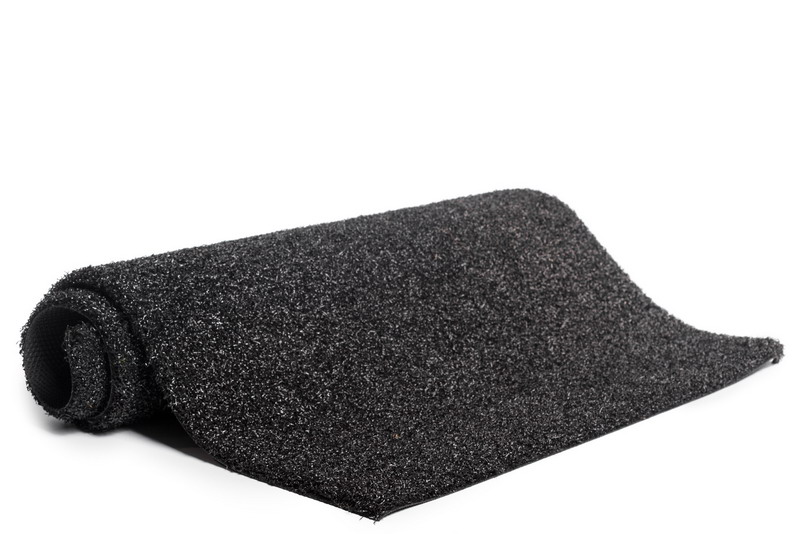Rubberized floor mats represent a quick and easy way to prevent slip-and-trip falls caused by water or other slippery substances on floors. Commercial buildings utilize them all the time. But what about restaurants and, more specifically, restaurant kitchens? Are they required to have floor mats in certain locations?
The answer to that question is based on both state and federal law. There may be some state regulations that specifically outline the need for floor mats around restaurant sinks, near food prep areas, etc. But most states rely on workplace guidelines established by the Occupational Safety and Health Administration (OSHA).
It is OSHA that largely determines workplace safety standards. But do not assume that federal regulations mandate rubberized floor mats in restaurant kitchens. Regulatory language is not that succinct. Rather, it is purposely ambiguous in order to give employers multiple options for maintaining workplace safety.
Regulations Regarding Restaurant Floors
OSHA requires that all workplaces be made as safe as possible for employees. As such, employers are responsible for guaranteeing that their premises are free from all OSHA-recognized hazards. This involves two things that apply to restaurant kitchens and their floors.
1. Water on Kitchen Floors
OSHA recognizes anything that could lead to a slip, trip, or fall as an avoidable hazard. What might that look like in relation to a commercial kitchen floor? First and foremost, wet floors are slipping hazards. Every commercial kitchen is subject to wet floors caused by everything from washing dishes to mopping up spills.
The primary requirement to prevent such slip and fall accidents creates a secondary requirement of making sure floors are clean and dry. Yet this is not always possible in a busy commercial kitchen. Rubberized floor mats are a reasonable substitute for constant cleaning and drying.
Alsco, a Salt Lake City company that includes rubberized floor mats in its inventory of facilities maintenance supplies, says that the right kinds of floor mats placed in areas subject to slippery conditions can make those areas relatively safe. A rubberized backing keeps a floor mat from slipping while the mat itself absorbs a certain amount of water, subsequently keeping it off the floor.
2. Floor Mats and Greasy Floors
Water is not the only potential slip hazard in restaurant kitchens. Grease is another big one. Again, rubberized floor mats are a good solution in between cleanings. To be effective though, a clean floor mat has to be placed on a clean floor. If it is put on top of existing grease, the mat is not likely to stay firmly in place.
Avoiding Back and Leg Injuries
OSHA regulations further require employers to take whatever precautions necessary to help employees avoid back and leg injuries. Regulations specifically mention strain caused by standing for extended amounts of time. Stress injuries related to standing can be alleviated with floor mats that absorb some of the shock naturally resulting from standing on concrete floors.
In a restaurant kitchen, there may be certain employees whose jobs require that they stand in the same general location for hours on end. For example, a chef might spend the entire dinner hour only moving one or two steps in either direction. A shock absorbing floor mat could greatly reduce his chances of back or leg injury as a result of constant standing.
OSHA regulations do not directly require floor mats in restaurant kitchens. However, floor mats are effective tools for preventing slip, trip, and fall injuries. Specialized mats with shock absorbing properties can also help protect kitchen workers against injuries caused by standing on hard floors for too long.







